Trump participated in the decision to keep the FBI building near Trump's D.C. hotel, but aides can't say why

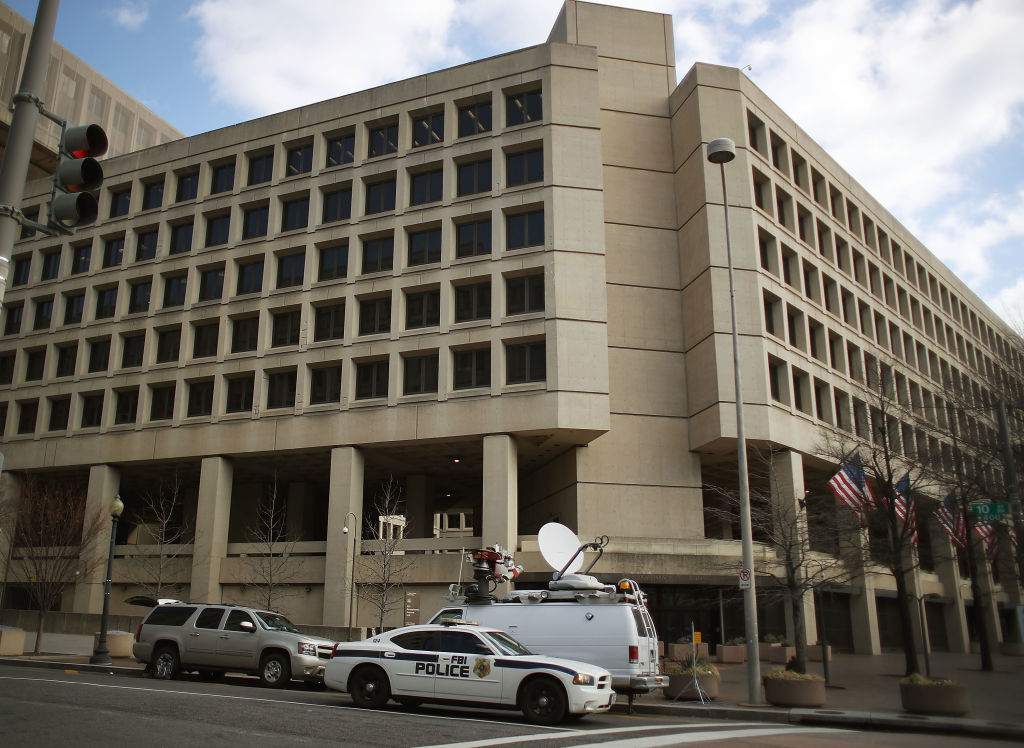
On Monday, the inspector general for the Government Services Administration, which oversees the federal government's real estate, released a report confirming that President Trump had met at least twice with GSA officials about replacing the FBI headquarters in downtown Washington, D.C. At the first meeting in January, participants agreed to pursue razing the FBI headquarters and rebuilding it in the same spot, not build a new campus in suburban Maryland or Virginia, the plan for a decade. The decision was announced a few days later.
In April, GSA Administrator Emily Murphy gave “incomplete” testimony to Congress that "may have left the misleading impression that she had no discussions with White House officials in the decision-making process about the project," though her answers were "literally true," the IG report found. It's not clear what role Trump played in the decision, as GSA employees were instructed by the White House counsel's office "not to disclose any statements made by the president" in the meetings to the inspector general, citing executive privilege — even though the inspector general's office "is part of GSA and within the Executive Branch," the report said.
Trump has been "obsessed" with the FBI's aging and outdated J. Edgar Hoover building, Axios reported in late July, reportedly calling the 1974 Brutalist pile "one of the ugliest buildings the city" and relaying plans to micromanage the building process. The FBI headquarters is right across Pennsylvania Avenue from the Trump International Hotel, which the Trump Organization leases from the GSA. Rep. Gerry Connolly (R-Va.), who supports moving the headquarters, said when he first suggested that Trump "was personally involved" in "this multi-billion-dollar government procurement which will directly impact his bottom line," it was "dismissed as a conspiracy theory."
The Week
Escape your echo chamber. Get the facts behind the news, plus analysis from multiple perspectives.

Sign up for The Week's Free Newsletters
From our morning news briefing to a weekly Good News Newsletter, get the best of The Week delivered directly to your inbox.
From our morning news briefing to a weekly Good News Newsletter, get the best of The Week delivered directly to your inbox.
GSA spokeswoman Pamela Dixon disputed the IG's finding that the GSA lowballed the cost of rebuilding in D.C. and said the report "acknowledges an indisputable fact: The administrator's congressional testimony was truthful."
A free daily email with the biggest news stories of the day – and the best features from TheWeek.com
Peter has worked as a news and culture writer and editor at The Week since the site's launch in 2008. He covers politics, world affairs, religion and cultural currents. His journalism career began as a copy editor at a financial newswire and has included editorial positions at The New York Times Magazine, Facts on File, and Oregon State University.
-
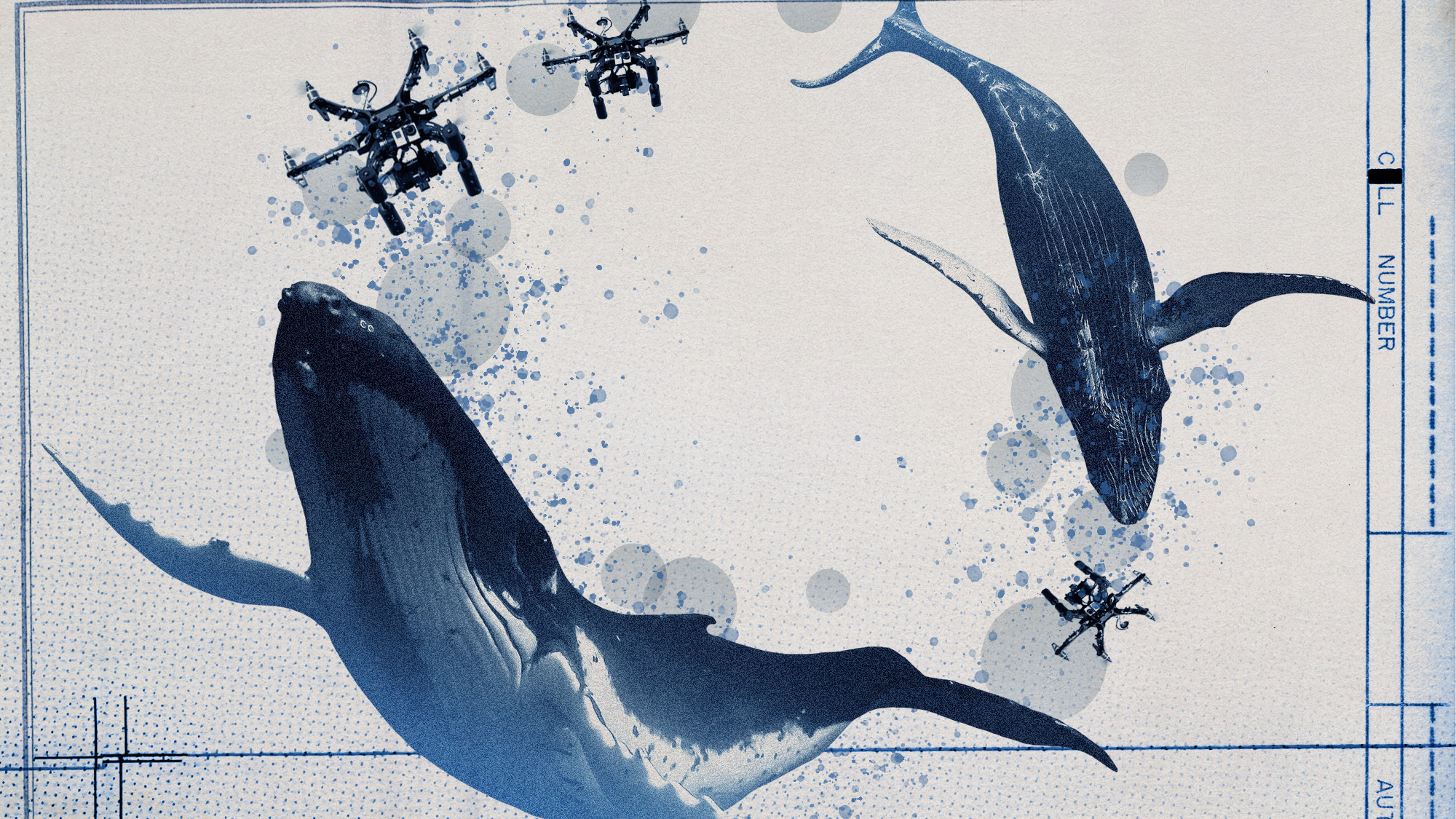 How drones have detected a deadly threat to Arctic whales
How drones have detected a deadly threat to Arctic whalesUnder the radar Monitoring the sea in the air
-
 A running list of the US government figures Donald Trump has pardoned
A running list of the US government figures Donald Trump has pardonedin depth Clearing the slate for his favorite elected officials
-
 Ski town strikers fight rising cost of living
Ski town strikers fight rising cost of livingThe Explainer Telluride is the latest ski resort experiencing an instructor strike
-
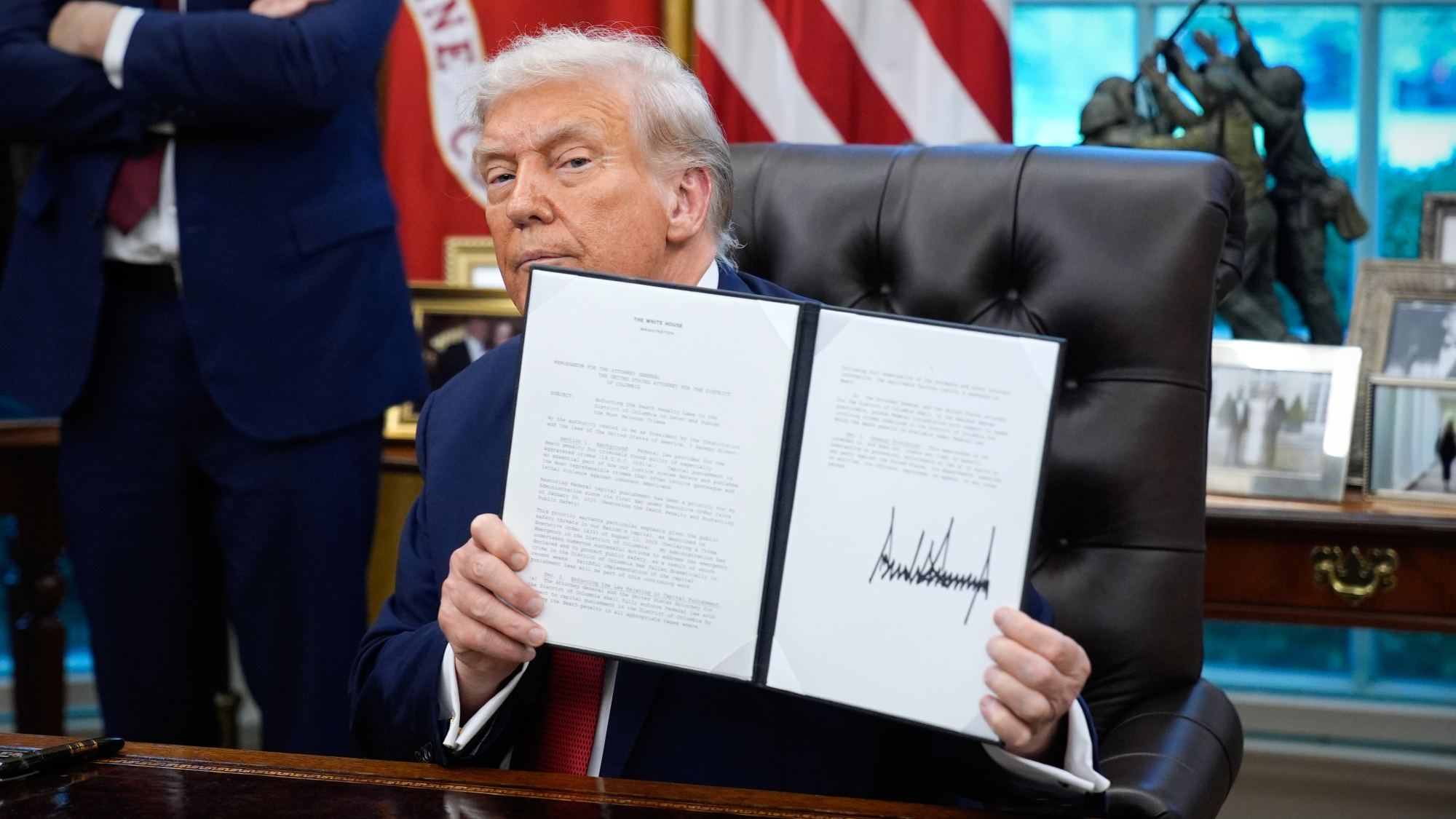 TikTok secures deal to remain in US
TikTok secures deal to remain in USSpeed Read ByteDance will form a US version of the popular video-sharing platform
-
 Unemployment rate ticks up amid fall job losses
Unemployment rate ticks up amid fall job lossesSpeed Read Data released by the Commerce Department indicates ‘one of the weakest American labor markets in years’
-
 US mints final penny after 232-year run
US mints final penny after 232-year runSpeed Read Production of the one-cent coin has ended
-
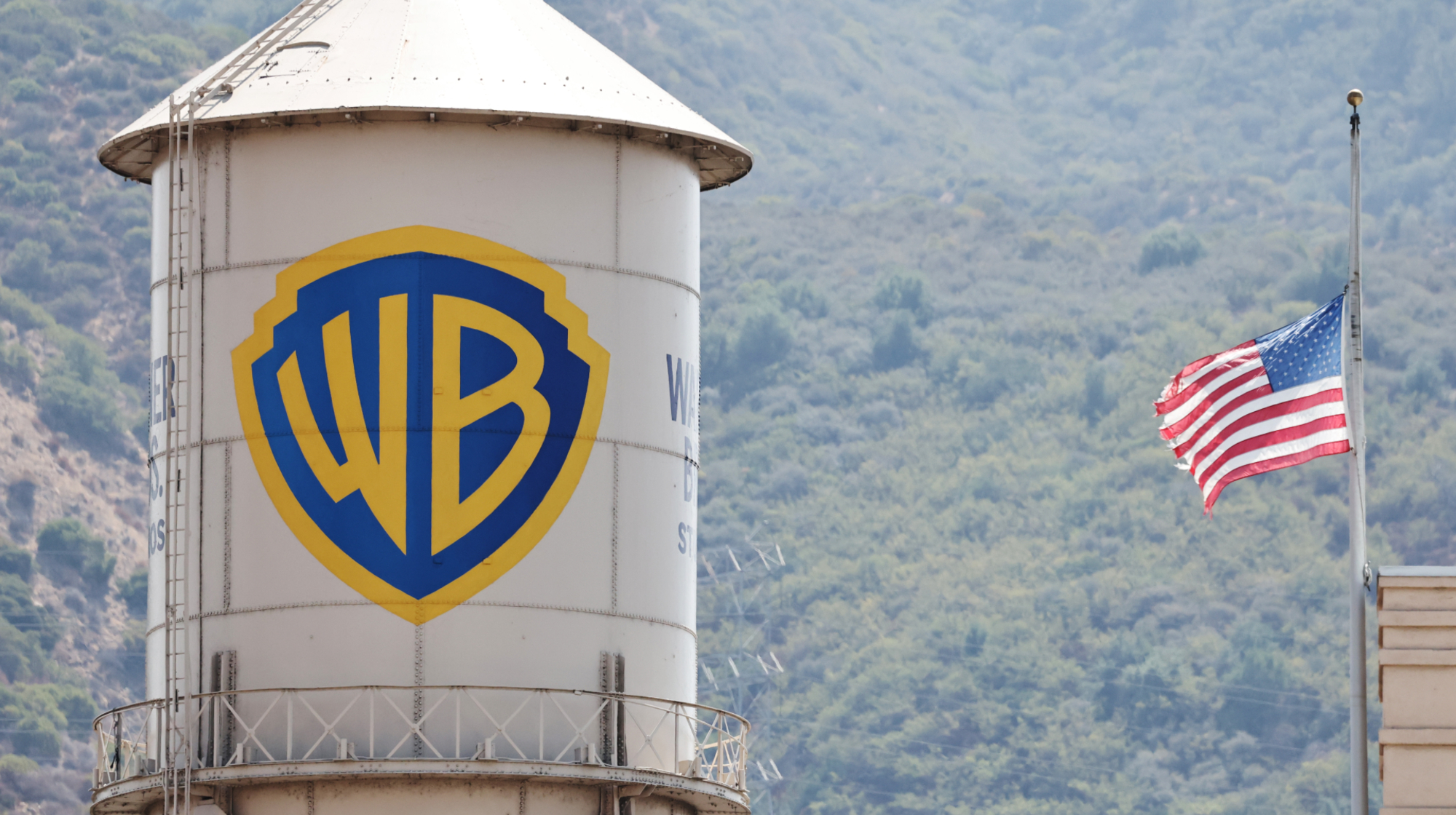 Warner Bros. explores sale amid Paramount bids
Warner Bros. explores sale amid Paramount bidsSpeed Read The media giant, home to HBO and DC Studios, has received interest from multiple buying parties
-
 Gold tops $4K per ounce, signaling financial unease
Gold tops $4K per ounce, signaling financial uneaseSpeed Read Investors are worried about President Donald Trump’s trade war
-
 Electronic Arts to go private in record $55B deal
Electronic Arts to go private in record $55B dealspeed read The video game giant is behind ‘The Sims’ and ‘Madden NFL’
-
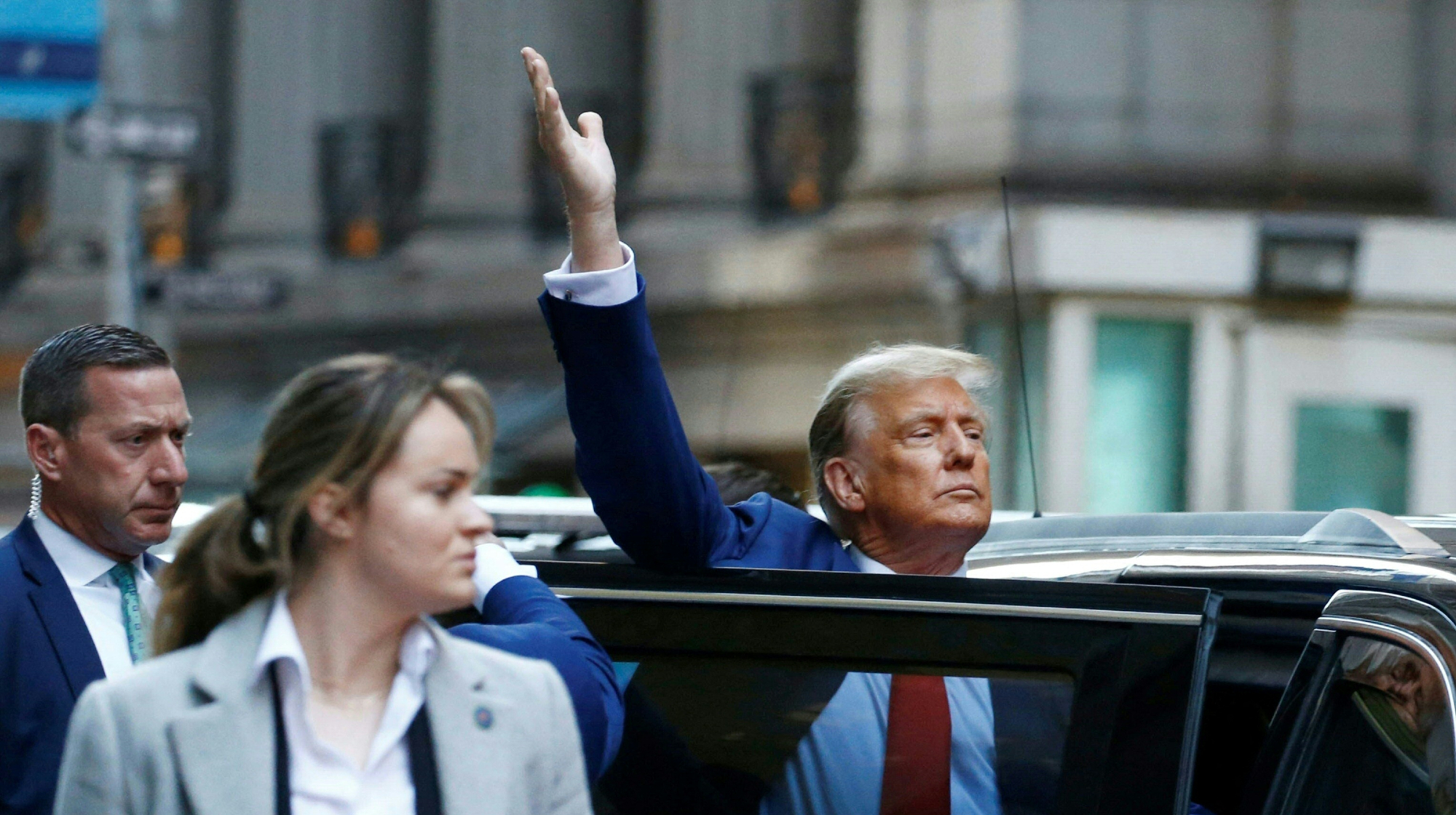 New York court tosses Trump's $500M fraud fine
New York court tosses Trump's $500M fraud fineSpeed Read A divided appeals court threw out a hefty penalty against President Trump for fraudulently inflating his wealth
-
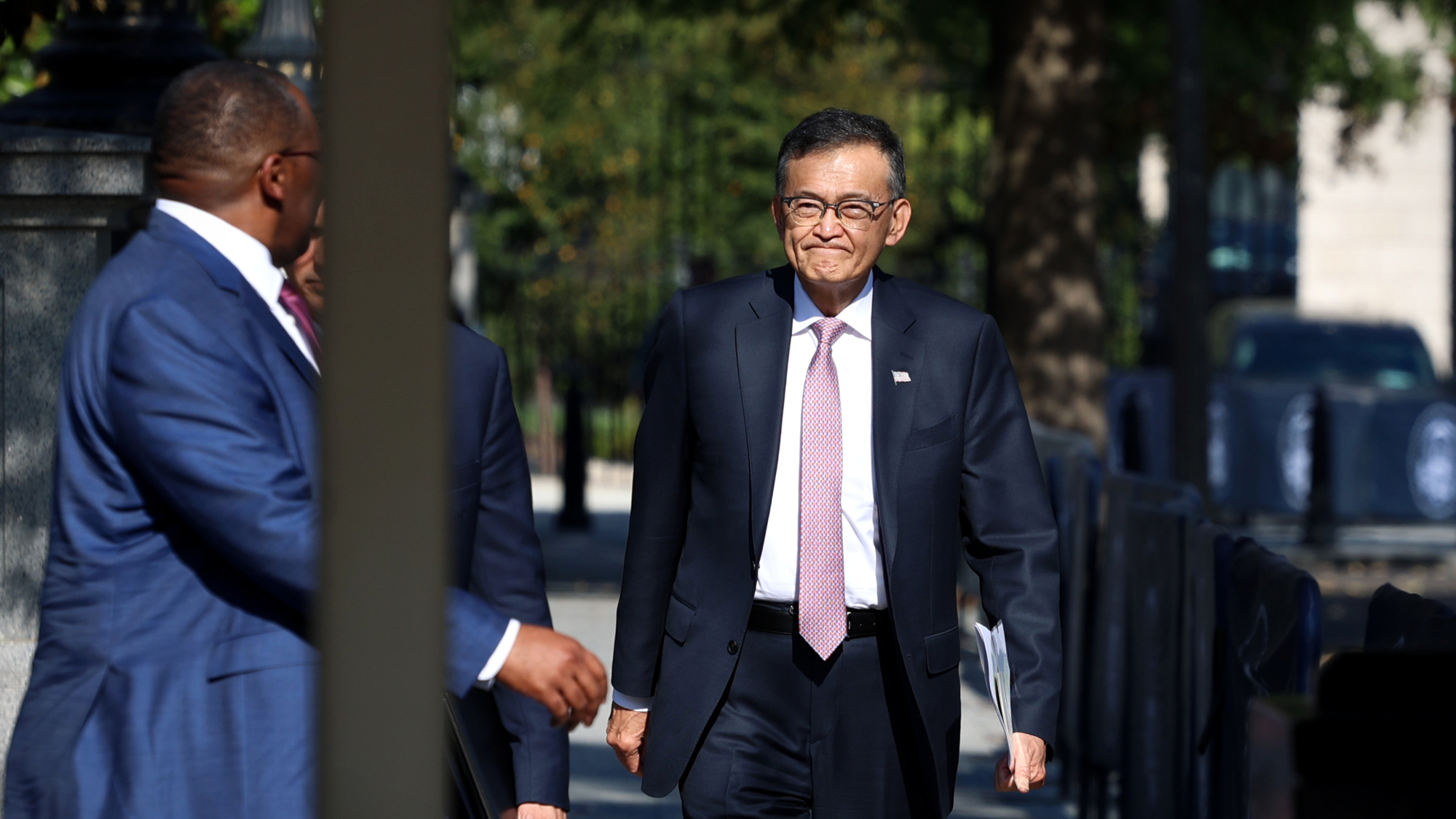 Trump said to seek government stake in Intel
Trump said to seek government stake in IntelSpeed Read The president and Intel CEO Lip-Bu Tan reportedly discussed the proposal at a recent meeting
